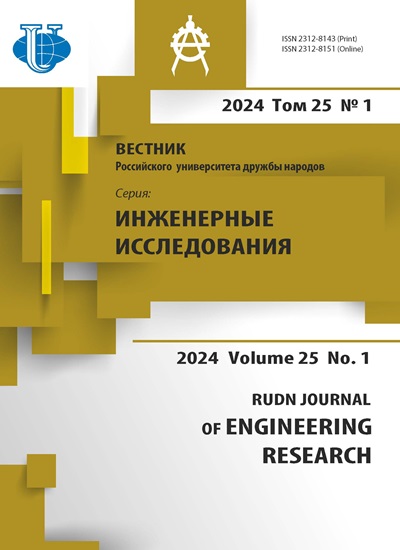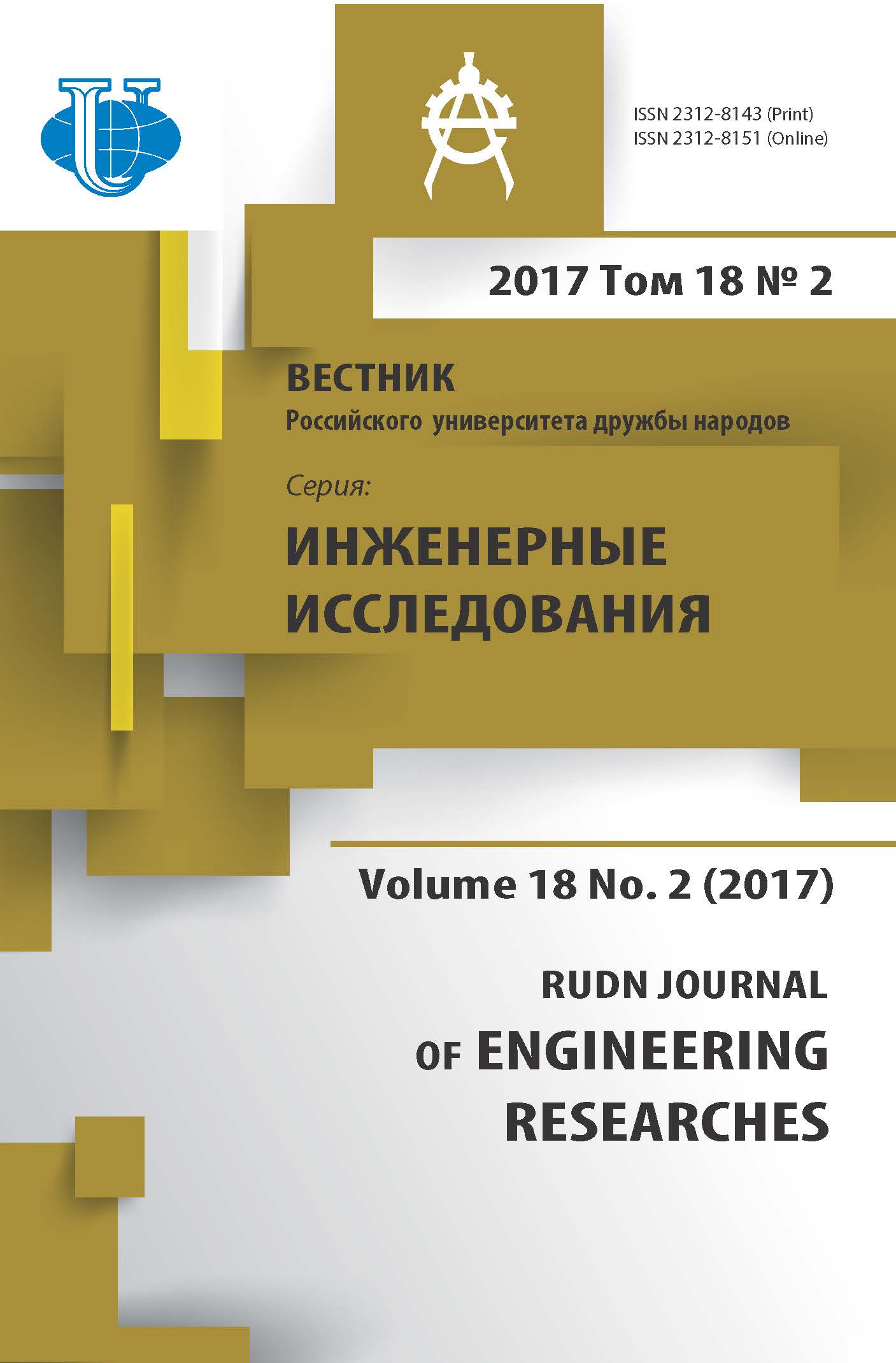USE OF TROPICAL HELIOS SOLAR PANELS FOR STAND-ALONE POWER SUPPLY TO CONSUMERS
- Authors: Zhiltsov SA1, Karpushin AA1
-
Affiliations:
- Peoples’ Friendship University of Russia (RUDN University)
- Issue: Vol 18, No 2 (2017)
- Pages: 266-274
- Section: Innovative software engineering research
- URL: https://journals.rudn.ru/engineering-researches/article/view/16701
- DOI: https://doi.org/10.22363/2312-8143-2017-18-2-266-274
Cite item
Full Text
Abstract
More and more regions make investments in renewable power. Objectively there is a threat of climate change due to use of combustible fuel. It means that more and more countries will pass to ecologically safe and renewable power - solar, windy and tidal.With transition to the third industrial revolution, there will be a household a part of production of work. We hear about emergence of the distributed networks - Smart Grid in which each consumer of energy can become it producer. The purpose of this work is development of a design of the solar panel which can be used as the independent power supply for street lighting and stations of charging of devices in the conditions of big deviations of corners on the chart of a solar way for the regions remote from the equator. So heliotropic installation - it is an effective way to control the solar panel due to the adjustment of its position relative to the sun. This is especially true for regions far from the equator. In this paper we briefly presented the financial forecast of the solar energy market, proposed solar installation design heliotropic type and given its comparison with the classical stationary installation.
Keywords
About the authors
S A Zhiltsov
Peoples’ Friendship University of Russia (RUDN University)
Author for correspondence.
Email: zhiltsov_sa@rudn.university
Assistant Lecturer, Department of engineering business and management, Engineering Academy, Peoples’ Friendship University of Russia (RUDN University). Research interests: Renewable energy sources, project management, innovations
Miklukho-Maklaya str., 6, Moscow, Russia, 117198A A Karpushin
Peoples’ Friendship University of Russia (RUDN University)
Email: akareeee@mail.ru
Master’s Degree student, Department of engineering business and management, Engineering Academy, Peoples’ Friendship University of Russia (RUDN University). Research interests: Small power engineering, feasibility studies, evaluation of project efficiency
Miklukho-Maklaya str., 6, Moscow, Russia, 117198References
- The report on development of RES and the offer in power strategy of Russia. Available from: http://gisre.ru [cited 2016 Dec. 12].
- IRENA. Renewable Energy Market Analysis: The GCC Region. Abu Dhabi, 2016. 454 р.
- Causes effects solution urbanization. Available from: http://www.conserve-energy-future.com/ causes-effects-solutions-urbanization.php [cited 2016 Dec. 12].
- Kukreti K., Pratap A., Brijeh K. Recent Advancements and Overview of Organic Solar Cell. ICCCA, 2016.
- Rath J. Low temperature polycrystalline silicon: a review on deposition, physical properties and solar cell applications. Solar Energy Materials and Sola-Cells. 2003; 76(4): 431—487.
- Rasool F., Drieberg M., Badruddin N., Singh B. Modeling of PV PanelsPerformance Based on Datasheet Values for Solar Micro Energy Harvesting, 2016.
- Chien L.J., Drieberg M., Sebastian P., Hiung L.H. A simple solar energy Harvester for Wireless Sensor Networks, 2016.
















